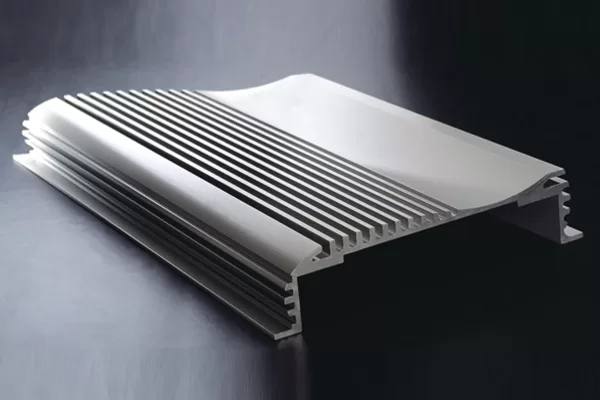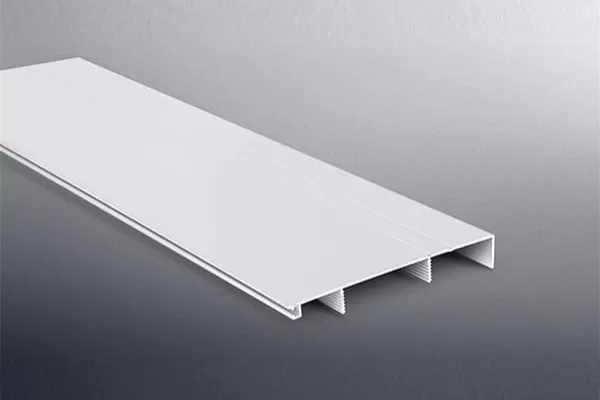The Cost-Effectiveness of Aluminum Profiles vs. Traditional Furniture Materials: Revolutionizing Furniture Design
In the realm of furniture design, the pursuit of durability, aesthetics, and cost-effectiveness has long been a delicate balancing act. Traditional materials like wood and steel have held sway for centuries, but with the advent of aluminum profiles, a paradigm shift is underway. This article will delve into the compelling cost-effectiveness of aluminum profiles in comparison to their traditional counterparts.
Unveiling the Aluminum Advantage
Aluminum profiles, crafted from lightweight and corrosion-resistant aluminum alloys, offer a unique blend of strength, versatility, and affordability. Their modular design allows for easy customization, enabling furniture designers to create innovative and aesthetically pleasing pieces. Unlike wood, which is susceptible to warping and rot, aluminum remains impervious to moisture and temperature fluctuations, ensuring longevity and a pristine appearance.
Reduced Material Costs
Aluminum is a relatively abundant material, making it more cost-effective than rare hardwoods or exotic metals. Its lightweight properties reduce transportation and handling expenses, further contributing to cost savings. Additionally, the modular nature of aluminum profiles minimizes waste and optimizes material usage, eliminating the need for custom fabrication and reducing production costs.
Labor Time and Efficiency
The assembly of furniture using aluminum profiles is significantly faster and less labor-intensive than with traditional materials. Aluminum profiles can be easily joined using screws or bolts, eliminating the need for complex carpentry techniques. This reduced labor time translates directly into cost savings, allowing manufacturers to produce high-quality furniture at a competitive price point.
Durability and Longevity
Aluminum profiles are inherently durable, resisting dents, scratches, and the effects of everyday wear and tear. This durability extends the lifespan of furniture, reducing the need for frequent replacements and minimizing long-term costs. Unlike traditional materials that require regular maintenance or refinishing, aluminum profiles maintain their pristine condition without significant upkeep.
Environmental Benefits
The use of aluminum profiles promotes sustainability by reducing the demand for wood and other natural resources. Aluminum is a recyclable material, further contributing to its environmental credentials. By choosing aluminum profiles, furniture designers can align their designs with the growing consumer demand for eco-friendly products.
Conclusion
The cost-effectiveness of aluminum profiles in comparison to traditional furniture materials presents a compelling proposition for furniture designers. Its strength, versatility, and affordability make it an ideal choice for creating durable and aesthetically pleasing pieces that stand the test of time. As the furniture industry continues to evolve, aluminum profiles are poised to revolutionize design, offering both economic and environmental advantages. Embracing this innovative material opens up new possibilities for furniture designers to create furniture that is both stylish and budget-friendly, without sacrificing quality.




